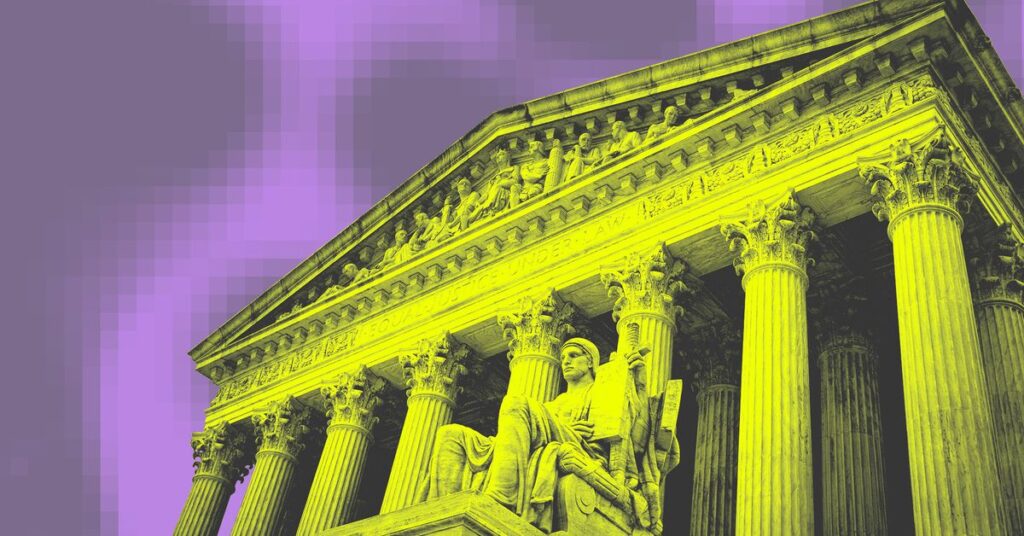The Supreme Court agreed to hear arguments on a case involving funding for a major broadband subsidy program, the Universal Service Fund (USF).
SCOTUS granted cert in a pair of cases called Federal Communications Commission v. Consumers’ Research, and Schools, Health & Libraries Broadband Coalition v. Consumers’ Research, which were consolidated for oral arguments. They center around whether Congress inappropriately delegated lawmaking function to the FCC by letting it set contribution rates for telecommunications companies to pay into the nonprofit Universal Service Administration Company, which manages the USF. It also asks whether the FCC delegated too much authority to a private entity by letting USAC manage the subsidy program.
The case could deal another blow to the regulator’s authority, after SCOTUS dismantled the Chevron doctrine earlier this year, which diminishes courts’ reliance on agency expertise. It could also jeopardize the USF, which helps provide funding for people who are low-income or in rural areas access telecommunications and broadband services, and also helps school get internet access and equipment.
The case reaches the Supreme Court after the Fifth Circuit Court of Appeals ruled that the funding arrangement around the USF violates the Constitution. The Supreme Court asked the parties to also file briefs about whether the case is moot since the challengers didn’t seek preliminary relief before the appeals court.
Three industry groups — NTCA, Competitive Carriers Association, and USTelecom —applauded the court’s decision to hear the case, and said the Fifth Circuit’s ruling in the case defies Supreme Court precedent and other circuit court decisions. The Fifth Circuit decision “threatens to undermine universal service programs that, for many decades, have served to promote the availability and affordability of critical communications services for millions of rural and low-income consumers, rural health care facilities, and schools and libraries across the nation,” they said in a joint statement.


